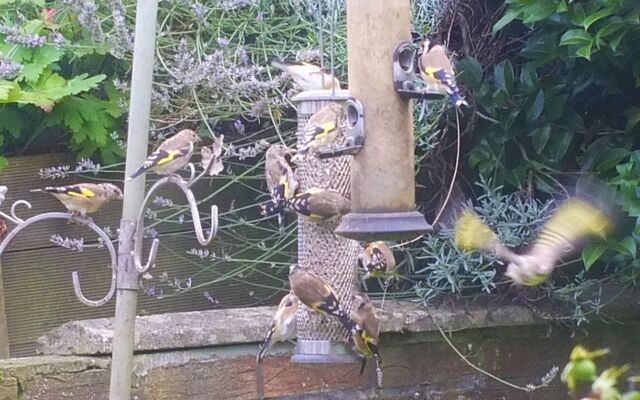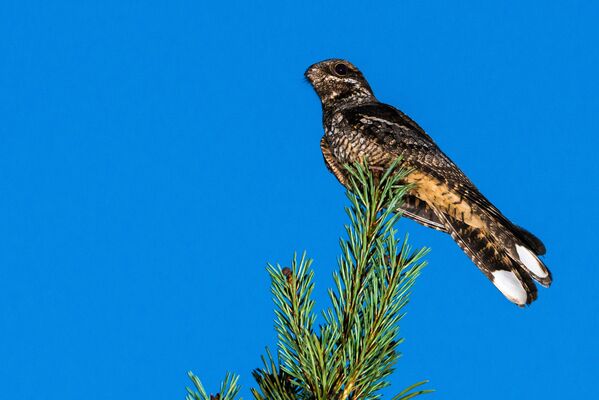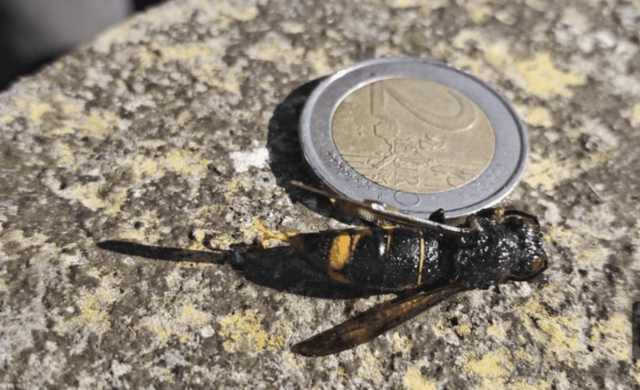DÚLRA’S wee garden pond is going to be empty this year for the first time – because the frogspawn that he collected a few weeks back didn’t develop as expected.
That’s the problem with nature – it can be awe-inspiring one day and heartbreaking the next. Every time Dúlra looks at the hedge at the side of the garden, he remembers the blackbirds that nested there last year. How delighted he was to welcome them and occasionally peer through the leaves at the mother happily incubating her eggs.
But he also can’t forget that once they hatched, a pair of magpies also discovered the nest. Each time the magpies got near, the blackbirds would screech to the high heavens. Dúlra would bolt from the house and chase the magpies who were making their way through the hedge.
But it knew it was in vain. He couldn’t be there all the time and the chicks were doomed.
Dúlra had to console himself with the knowledge that while the magpies were out to get the blackbirds’ chicks, their own chicks were unguarded and could easily be taken by a passing buzzard.
The demise of the frogspawn is a harder puzzle to solve. The tiny black tadpoles appeared to grow inside the spawn but when they hatched, they lay lifeless at the bottom of the pond. He can only think that they hadn’t been fertilised properly when he collected them from a golf course water hazard in County Antrim.
But there could be a solution – go back and take some tadpoles. You’d need a net to do that, of course – like the ones at the end of a bamboo cane you used to get in seaside toy shops.
Google could surely help with that – and Dúlra soon found it on a brilliant wildlife site. The only catch was its cost – at £35 it’s a long way from those 99p nets in Ballycastle!
And so the demise of the frogspawn is just a setback – he’ll hopefully manage to scoop up enough tadpoles to salvage the year and rear a generation of frogs who will in a couple of years’ time return to the garden pond to breed.
And he can take inspiration from the blackbirds. They’re back in the garden this week, feeding on apples he has thrown out for them all through winter. They’ve put the tragedy of last year behind them and are in the process of building a nest – in the same hedge. There's no beating them!
And now to another spring discovery. A reader sent a picture of a caterpillar that had just eaten her lupins!
But Dúlra was able to give her good news – she had just sacrificed her flowers to help feed the caterpillar of a green oak tortrix moth!
This is a beautiful green moth that normally lives on oak trees, with so many of them in the canopy of oak woods that their droppings to the forest floor sound like rain! The good news is that the oaks recover by growing new leaves.
UPS AND DOWNS: An oak tortrix moth caterpillar feasted on a reader’s flowers
Dúlra recommended the reader take the caterpillar to the Falls Park and leave it on an oak tree, where it will be in its element and the lupins will hopefully sprout once more!
And reader Caoimhín from Gransha reports a remarkable sighting this week – a pine marten in West Belfast! Caoimhín – a nature buff – was returning home after taking his collie Saoirse for a midnight walk when they were welcomed by a pine marten walking along the footpath.
These rarest of Irish mammals were recently discovered breeding on the Belfast Hills and it seems they’ve been so successful that they’re making their way into the city. It’s perhaps the first time a pine marten has ever been spotted in Belfast – at least in the last 500 years! Maith thú Caoimhín – there’s a lot to be said for a midnight dander!
•
If you’ve seen or photographed anything interesting, you can text Dúlra on 07801 414804.






